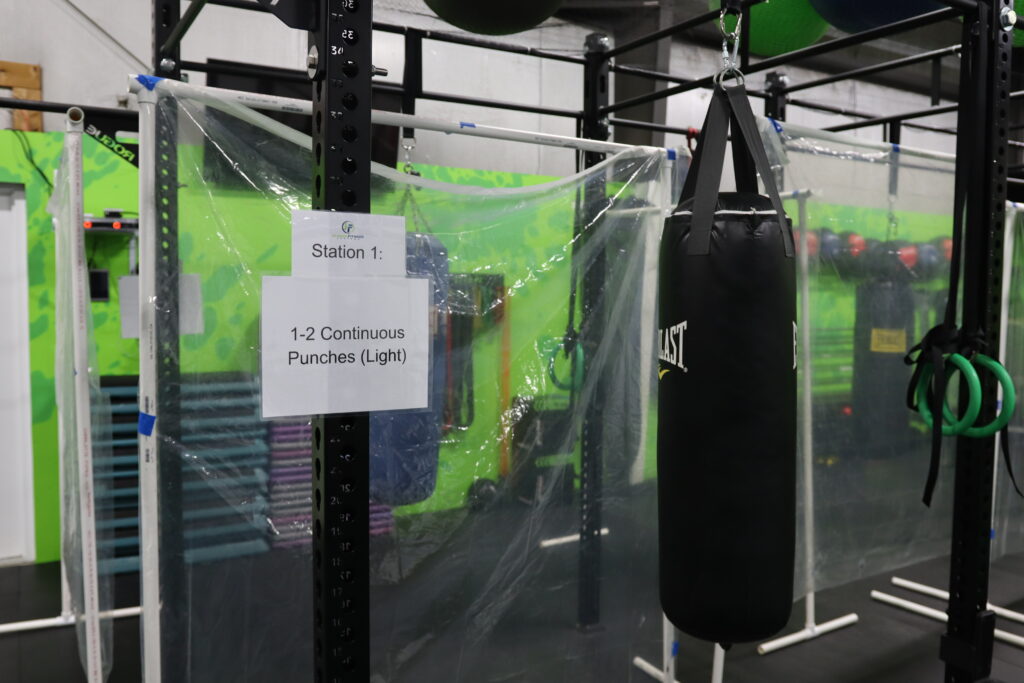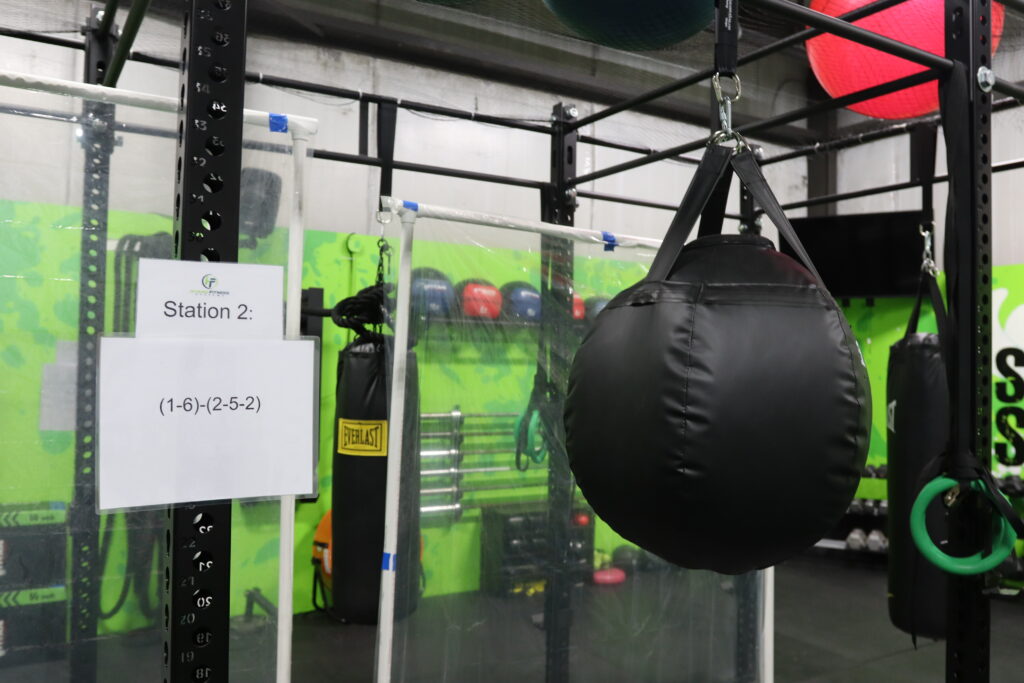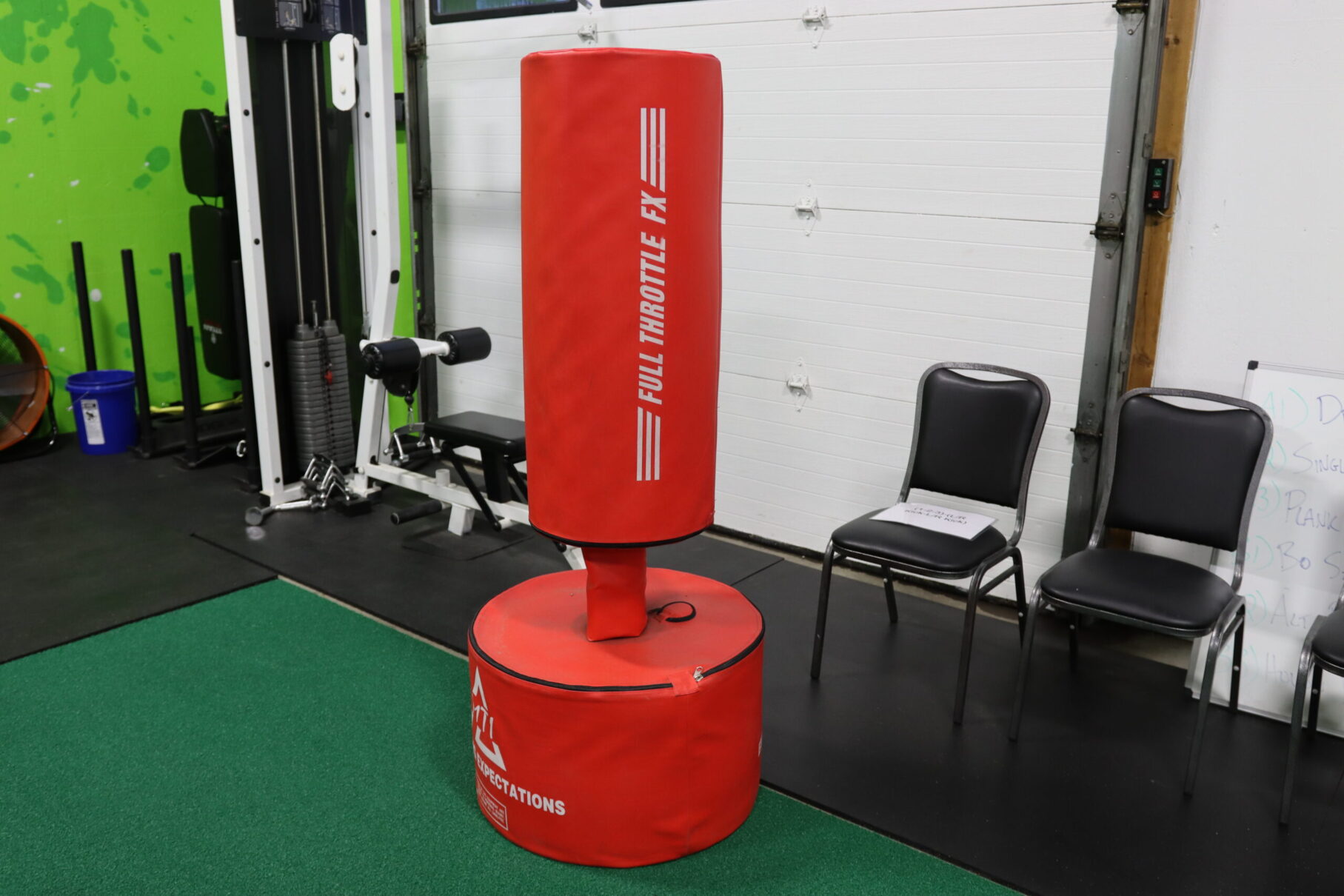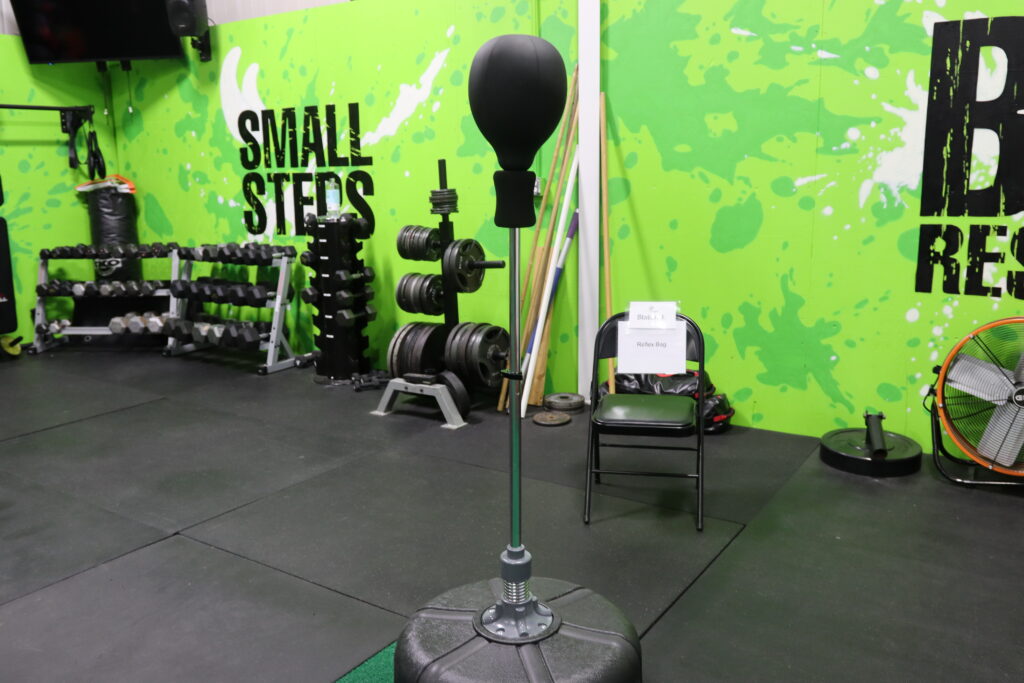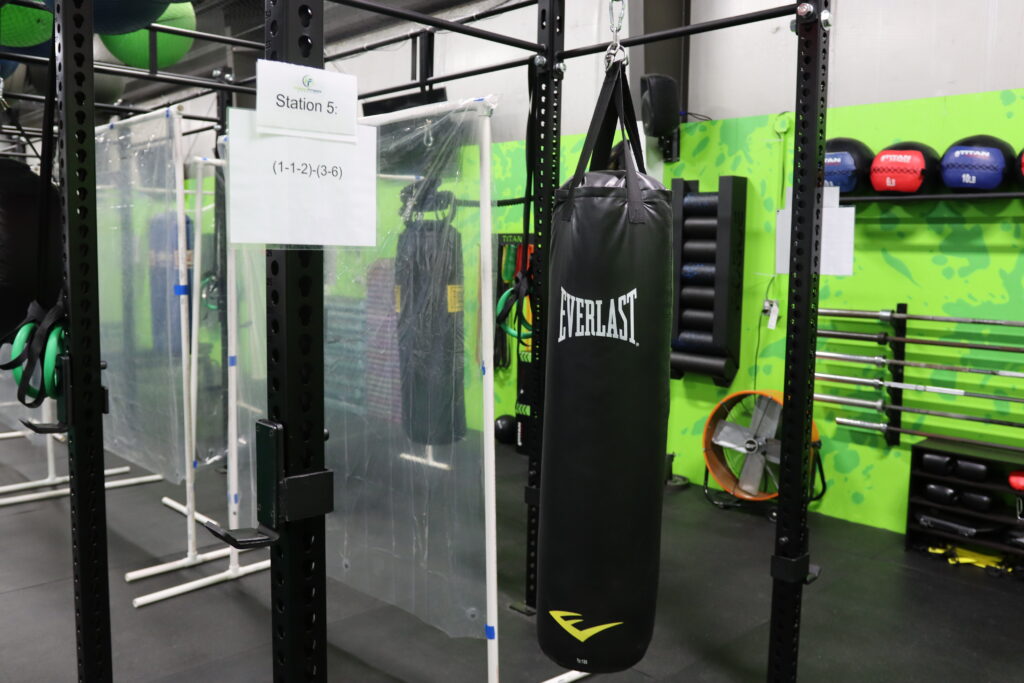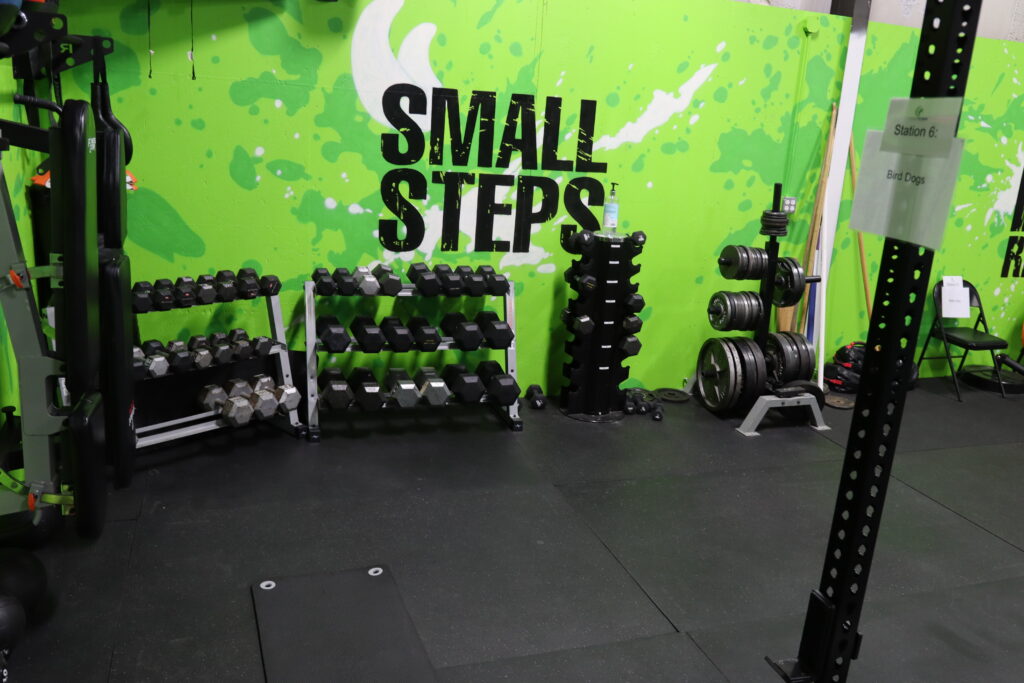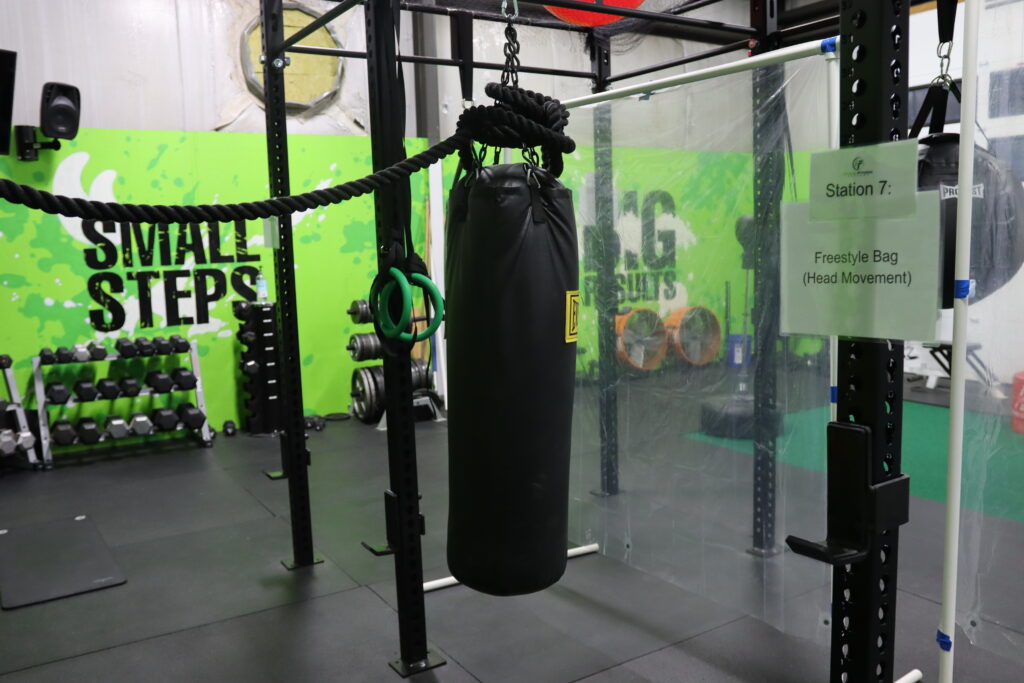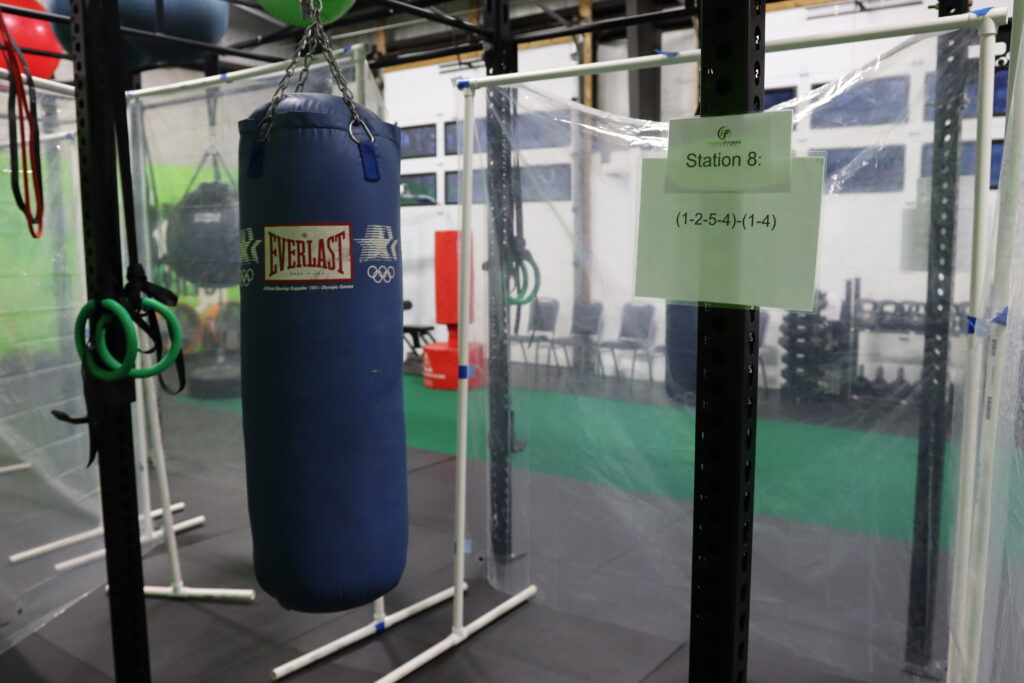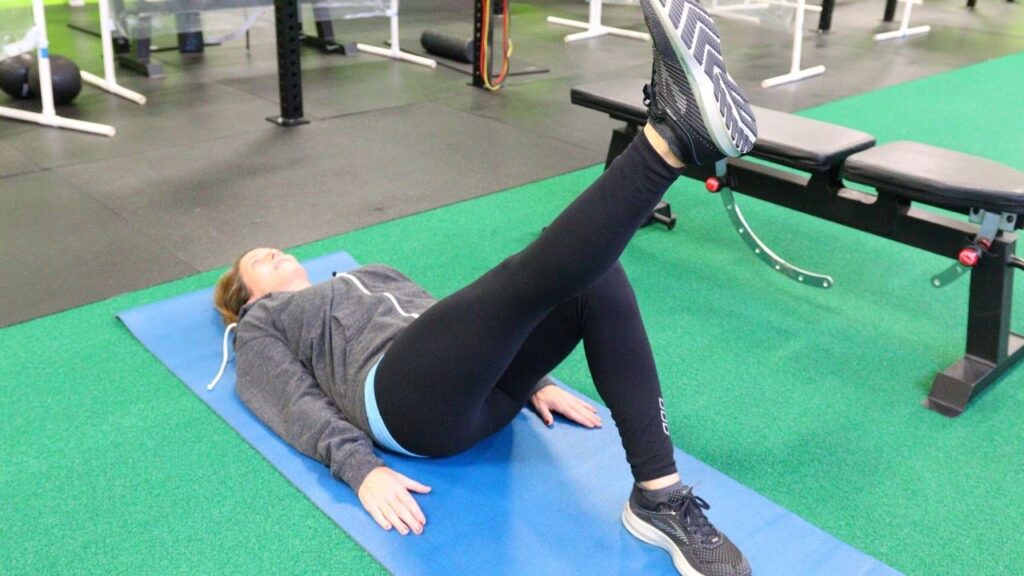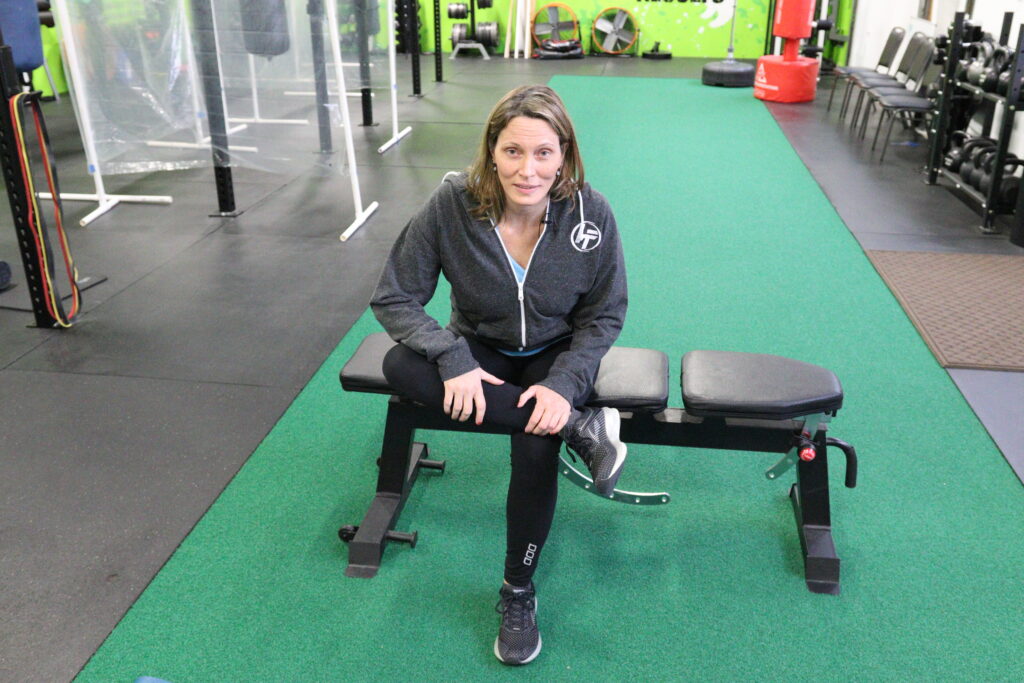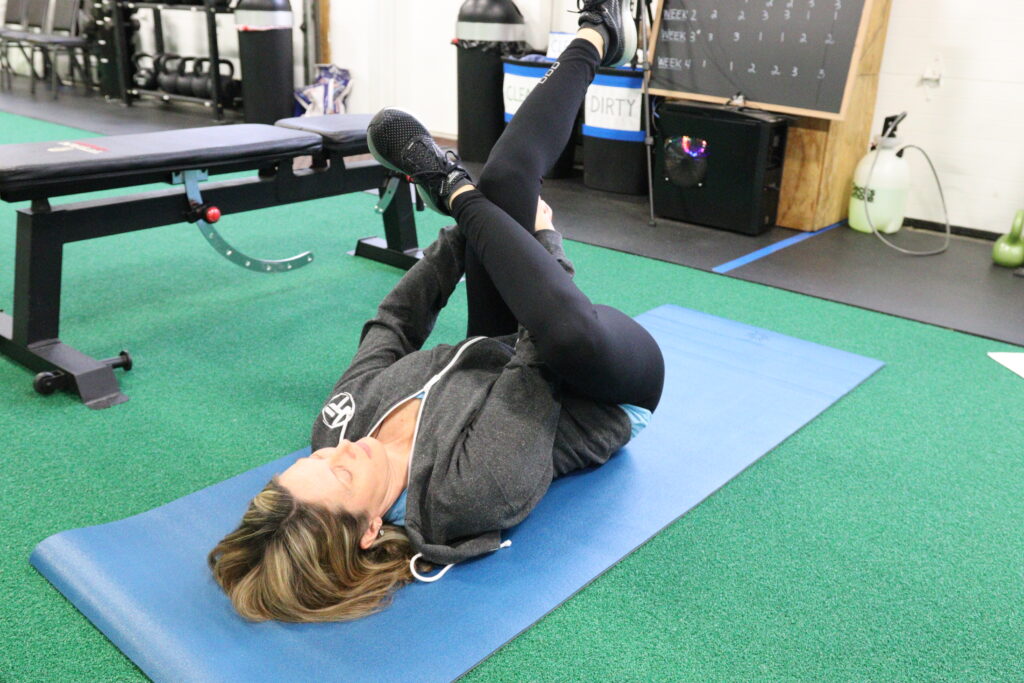March 25, 2021
Top Women in Strength Sports
Strength training equipment and gyms started to gain in popularity in the 1960s with a big leap throughout the 1970s. It was in 1977 when the legendary Pumping Iron documentary was released following the training of legends such as Lou Ferrigno, Franco Columbo and of course Arnold Schwarzenegger, as well as other greats from the “Golden Age”.
But strength training dates back much further into history than just the 1960’s and 1970’s. The ancient Egyptians, Greeks, Chinese and Scottish, as well as others had some form of strength training for their warriors. Obviously strength training has evolved into much more than it was in ancient times.
A New Era
One thing that has grown in the strength world is the involvement of women. Women have been documented as exercising since the times of the ancient civilizations listed above, but real strength training wasn’t a popularized thing among women until the last 20-30 years, with a great influx over the past 10-15 years.
Today you can walk into just about any gym and find women throwing around chalk, and blasting Metallica. But, there is still a long way to go before women’s strength training and sports becomes as popular as it should.
Below are just a few of the top women in strength sports, and really pushed the boundaries for what we thought was possible.
Donna Moore
Donna Moore was the first strong woman I remember watching and my personal favorite strongwoman. She has won the 2016, 2017 and 2019 World’s Strongest Woman competition, as well as wins at the Arnold’s Strongwoman competitions in 2016, 2017 and 2018.
Donna has set numerous world records including an incredible 171kg (377lbs) Atlas Stone Over Bar record set back in September of 2020 at the age of 40. Donna is also one of the only women to ever successfully lift the legendary Dinnie Stones!
Andrea Thompson
2020 was a rough year for most people. Not Andrea Thompson, though. Andrea set three world records in 2020 which included:
- 281kg (621lbs) elephant bar deadlift
- 135kg (297.7lbs) log lift
- 290kg (638lb) deadlift for the strongwoman deadlift world record.
Andrea just turned 37 years old in 2020, but with fellow strongwoman Donna Moore staying strong in her 40’s, I expect a few more records from Andrea before her career is over.
Rhianon Lovelace
Rhianon Lovelace is a little bit of a unicorn. While small in stature she brings a very rare blend of strength, power and quickness that is completely unmatched in male or female strength sports today.
In September of 2020, Rhianon won the first ever Pound for Pound World’s Strongest Woman, and many believe (myself included) she is pound for pound the strongest person on planet Earth today regardless of gender. A few of Rhianon’s accomplishments in 2020 included:
- 600lb Deadlift
- Overhead axle press of 202lbs
- 312lb atlas stone
- 800lb silver dollar deadlift (traditional deadlift with bar being raised up 18 inches)
All four of these lifts were lightweight world records, and both deadlifts were also middleweight world records! She also completed those lifts while only weighing in at 138lbs!
We’ve already seen some remarkable feats of strength from Rhianon, but the best is yet to come as she is only 24 years old!
Jill Mills
Jill Mills was a bodybuilder who pivoted to the strength world. She dominated the sport for much of the late 1990’s and early 2000’s. Jill won back to back World’s Strongest Woman titles in 2001 and 2002. She undoubtedly would’ve won more, had she not stopped competing.
Jill was an all around great athlete. She could lift heavy on static lifts, was quick on all moving events, and seemed unbeatable on any overhead lifting events with her broad and perfectly sculpted shoulders.
Jill did an incredible job blending strength while keeping a physique with very low body fat. A lot of women in the sport today credit their love and desire for the sport to Jill Mills.
Rebecca Swanson
No list of strength athletes would be complete without Rebecca Swanson. Rebecca is simply the strongest woman to ever live. Even though she had a short but successful career in Strongman, most of her success came in Powerlifting where she holds records with:
- 854lb Squat
- 600lb Bench Press
- 683lb Deadlift
Arguably her most impressive moment came in 2006 when she squatted 804lbs while only weighing in at 197lbs! More than four times her bodyweight!
What’s Next?
Strength sports have grown in popularity, and continue to grow with increasing turnouts each year. But, the growth and acceptance of women in the sport is what really fires me up! Strength sports need to grow into something more than just a day of entertainment a couple times a year. In order for this to happen, women need to be encouraged and more accepted throughout the strength world.
Listed above are just a few of the incredible top women in strength sports that have, or continue to push the boundaries of the sport. If you are reading this and feel the fire in your belly to see what you can really push yourself to become then get into a gym, seek advice from others and be the best you can be!
If you enjoyed this article, please consider subscribing to the Hybrid Fitness YouTube channel, and be sure to check out all the other articles from our coaches.
Please check out our other fitness & health articles here – https://hybridfitnessgym.com/articles/
And remember…Small Steps, Big Results.

Brandon started working out as an athlete in high school, striving to push his limits and reach his full athletic potential. As he spent more and more time working on his own goals, he found a passion in the science of strength & conditioning, and using that new-found knowledge to help others. Brandon is exceptional at giving his clients the extra push to get stronger in a safe manner, while going above and beyond to making sure they feel comfortable and safe.
March 19, 2021
Your First Hybrid Fitness Boxing Class!
So, you signed up for a boxing class, but you’ve never thrown a punch before. We cover everything you need in order to prepare you for your first boxing class. You’ll be floatin’ like a butterfly, and stingin’ like a bee in no time!
How Does The Class Work?
There are eight stations total, consisting of various types of punching & kicking bags, as well as a few exercise stations. Let’s take a look at what we have!
This Class is 45 minutes long, and consists of a warm up, rotation around each station, ~2 minute rest period, another rotation through each station, then a quick cool down/stretch to end the class.
Everyone works at their own pace, and nobody is expected to be working as hard as possible the entire time (although you’re more than welcome to). If you need to take a break, please do! There are a ton of benefits to boxing, including increased stamina, endurance, and confidence (larger list below)! Plus it’s always fun to punch stuff after a long day at work!
THE STATIONS!
STATION 1:
1-2 Continuous Heavy Bag (Light, continuous punches – only 1’s & 2’s) Good for endurance, and gives you an easier bag/break from the combos & heavy hitting punches.
STATION 2:
Wrecking Ball Bag (Uppercut-focused combinations on this bag) Great bag to practice uppercut punches. You can actually get underneath the bag, making it a great addition.
STATION 3:
Kickboxing Bag (The only bag we use for kicking combinations) This bag is our kicking bag, and is perfect for adding some leg work into different boxing style combinations.
STATION 4:
Reflex Bag (Smaller bag on a spring so it’s one of the only bags that actually fights back!) Great for working on hand-eye coordination, and reflexes. The bag is on a spring, so it moves back and forth, and will come back at you just as hard as you hit it!
STATION 5:
Medium Heavy Bag (This is a nice medium density heavy bag with a relatively easy combination) This bag has a combination that is easier, flows really well, and is a good density to build some strength & power into your punches.
STATION 6:
Exercise Station (This station always has an exercise that usually incorporates core or legs) There is some form of boxing involved in most of the exercises, but this station focuses on building core stability/strength, or working on legs to give the upper body a break while working around the circuit.
STATION 7:
Freestyle/Head Movement Bag (This bag has a rope hanging down in the middle forcing you to practice some head movement) There is a rope hanging right in the middle of the bag so you have to slip underneath and work side to side instead of staying stationary. This is also a freestyle bag you can practice whatever combinations you’d like on!
STATION 8:
Hard Heavy Bag (This is a harder heavy bag station) There is typically a tough combination on this bag and the bag is also a harder density so it’s
You’ll spend about 1 and a half minutes working at each station, then have ~20-30 seconds to rest and rotate to the next station.
Each station is numbered, and will have either a combination or exercise (usually core based) posted.
THE PUNCHES!
There are 6 main punches that coach Mike will cover with you on your first day and they’ll be used with each combination.
1: Jab
2: Cross
3: (Non-Dominant Hand) Hook
4: (Dominant Hand) Hook
5: (Non-Dominant Hand) Uppercut
6: (Dominant Hand) Uppercut
Why Should You Take Boxing Classes?
- More stamina & endurance
- Increase speed
- Gain confidence
- Improve core stability, and you’ll feel muscles burn that you’ve probably never felt before! Boxing is mostly rotational which is overlooked in exercise routines and not practiced much in day to day life but is incredibly important!
- Cardiovascular benefit, and calorie burning (fat loss!). These classes are high paced but go by incredibly quickly because they’re so much fun!
- Self defense! There aren’t many sports that directly relate to the ability to defend yourself, but this is definitely one of them.
- Improving reflexes & coordination. We actually have a punching bag called a reflex bag because it’s attached to a spring, and moves around which is great for developing your reflexes! This station is most members’ favorite!
- IT’S FUN!!!! But still gonna make you sweat and get a great workout 🙂
Other Equipment to Know!
Gloves
There are several different weight sizes you should know about.
10oz – very small and typically used by professional boxers in matches. There is minimal padding so they will hurt your wrists more as well as your opponent.
12oz – lighter option for gloves. If your weight is under 120lbs then these are what we recommend. They will also often be used by professional fighters who typically train with heavier gloves. This will give them quicker movement during a match.
14oz – Nice average weighted gloves. Recommended for those who are 120-150lbs. These provide a good amount of padding and are also slightly heavier which professionals will use to train and build strength.
16oz – Recommended for 120-180lb individuals. These provide a lot of padding and are also heavier in weight so are better for training.
18oz & 20oz – Heaviest style of gloves. We recommend these for anyone 150lbs+ and provide a lot of padding. They are heavier and harder to control but more suitable for anyone who wants a lot of padding.
Wraps
Traditional wraps come in either 120 or 180 inch lengths. 180 is recommended for everyone because it’s better to have too much wrap and do a few more passes around the wrist than to not have enough wrap to properly secure the wrist & hand.
Wrapping thoroughly around the wrist joint, knuckles, and hand will keep everything compressed, therefore reducing the risk of injury. Not only that, but it will help you punch harder, as well!
As you train more and more, your punching power will increase along with the amount of force and impact, so it’s important to learn how to wrap before even attempting something like boxing.
Wrapping your wrists will reduce the risk of hyperextending and injuring your wrists, and adds an extra protective layer to the knuckles as well to help keep them protected.
Boxing gloves should fit snug and not wiggle around too much, so wrapping also helps limit the space inside for a tighter fit. The wrapping process can be daunting where it includes numerous steps, but it’s important to learn early on, and properly, so you don’t injure or limit yourself along the way.
[LINK TO WRAPPING VIDEO/BLOG POST]
If you found this helpful, please consider subscribing to the Hybrid Fitness YouTube channel, and be sure to check out all the other articles from our coaches.
And remember…Small Steps, Big Results.
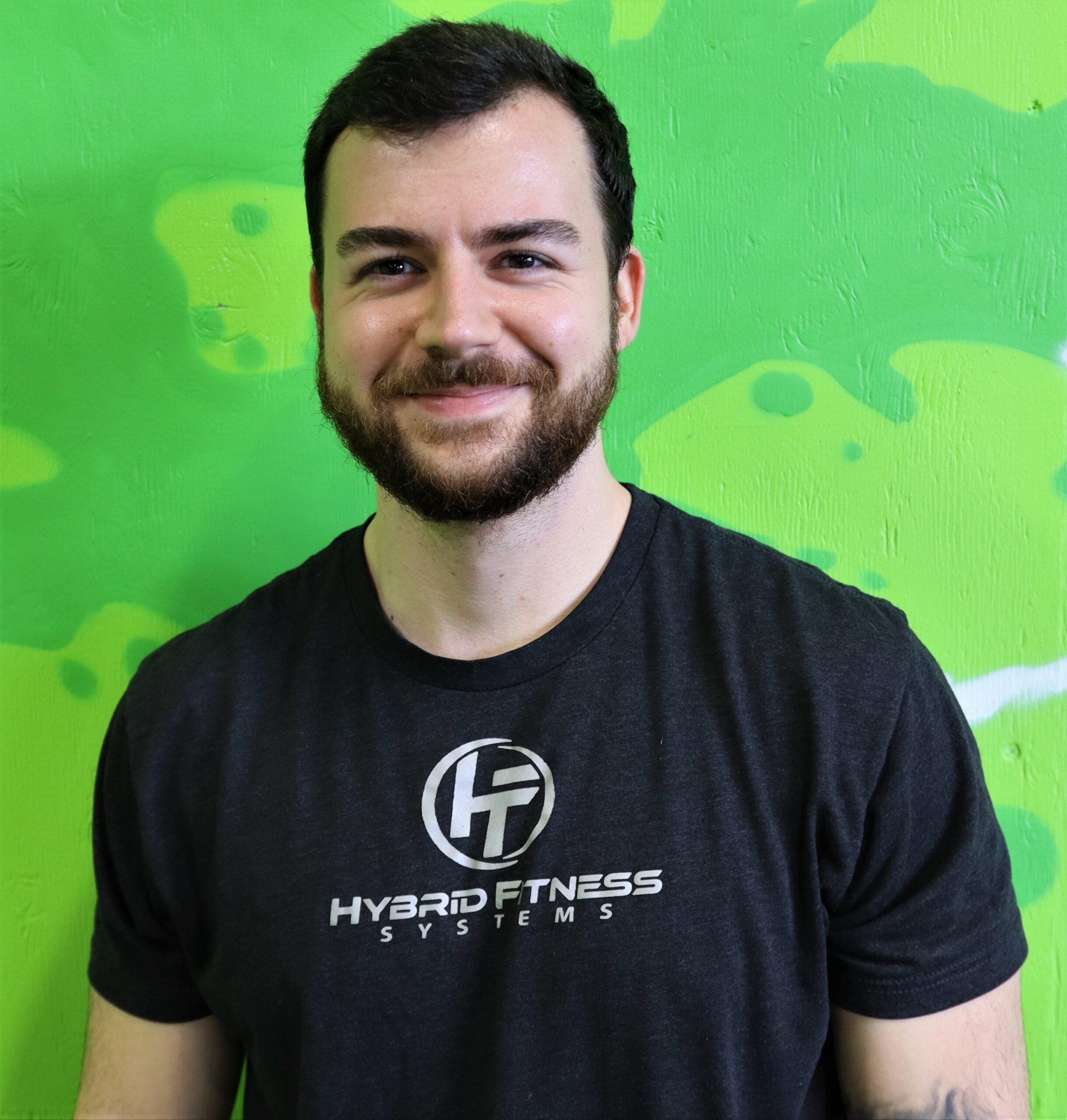
Mike grew up as a multi-sport athlete and received his Bachelors in Kinesiology (Exercise Science) and also received his Personal Training Certification from the American Council of Sports Medicine.
Mike has worked with a wide range of ages and abilities and is an expert at working around injuries and helping those individuals reach their health goals.
In his time in college, he also worked with D1 Athletes (specifically the UMASS Amherst Men and Women’s Basketball teams) helping them get stronger, faster, and more athletic.
March 3, 2021
Easy Tips To Help Low-Back Pain
(From the Comfort of Your Own Home)
Are you in search of more easy tips to help low-back pain? Your requests for MORE tips prompted the creation of this article. And here at Hybrid Fitness, we give the people what they want!
Not only are we going to provide you with suggestions that will help alleviate low-back pain that are within your control, we’re also going to dive into the risk factors of low-back pain. Warm up those heating pads, here’s Part II!
DISCLAIMER: Before following any of these easy tips to help low-back pain, please refer out to a doctor or other medical professional.
When is Your Low-Back Pain Just Too Much to Address with Easy Tips at Home?
It’s probably time to seek the advice of a medical professional if you have:
- Low-back pain that comes on sharp and quick
- Pain that does not diminish within 6 weeks by performing strengthening and stretching exercises consistently
- Pain that flows down one or both legs
- Other symptoms that need medical attention that may be related to your low-back pain, such as if you have a fever accompanying back-pain that may indicate an infection of some kind in your body
- Experienced serious trauma from a fall or another kind of accident
- Any numbness or tingling
- Bouts with incontinence
- Pain at night that wakes you up from sleep
- Limbs not functioning properly
- Unexplained weight loss
- That feeling you get deep down in your center when your body tells you it’s trying to deal with something serious that needs professional medical attention.
What is Within My Control in Regards to Alleviating Low-Back Pain?
Your chance of having low-back pain at some point in your life is based on the following risk factors:
- Age – our strength and flexibility wanes as we get older
- Stress – our bodies physically hold stress, and give us signs that it needs to be addressed through pain
- Fitness level – as the saying goes, “use it or lose it”, a sedentary lifestyle is not your friend!
- Prolonged poor posture
- Disease, such as arthritis or cancer
- Pregnancy – carrying another human inside your body is nothing short of a miracle in more ways than one!
- Parenting – lugging not only young children, but all that goes along with them, can take its toll on your low-back
- Weight gain – it’s a big ask of your spine and hips to carry more weight than is healthy for your body frame
- Genetics – thank mom and dad for this one!
- Occupational risk factors – work demands, including heavy lifting and repetitive motion
- Smoking – People who smoke have more back pain as compared to those who do not smoke ~ maybe it’s from coughing?
- People who experience depression, anxiety, or other psychological conditions tend to have more back pain than those without these conditions
Obviously, some of these things listed are out of your control (genetics), but others you have the power to address in order to eradicate pain and discomfort in your low-back.
Here’s a few ways to alleviate that low back pain before even getting out of bed in the morning.
Remember ~ if any exercise increases your pain, dial back the exercise or stop entirely. Preferably, you want to challenge your body in a pain-free way to right itself.
Easy Tip #1 From the Comfort of Your Own Bed
The “not-so-high” leg lift – To engage the abdominals for support of the low-back
- Lying on your back, bend one leg so the sole of the foot is on the bed
- Keep the other leg extended and muscles engaged
- Engage your abdominal muscles (Think laughing, or tensing up as if somebody is going to punch you in the stomach)
- Keep your back on the bed (no arching)
- Gently and slowly lift and lower the extended leg no higher than the knee of the bent leg
- Start with a few repetitions, and increase to 15
- Repeat with the other leg
If you can easily perform the above exercise, then try the next one. If not, stick with the one above, and check out the previous Hybrid Fitness article including easy tips to help low-back pain here – How To Improve Low-Back Pain
Heels to the Heavens – To stretch the hamstrings and calves on the back side of your leg
- Lying on your back, fully extend your legs
- Lift one leg toward the ceiling, while supporting with hands (other leg can be straight or bent with the sole of the foot on the bed)
- Try to pull the toes down toward your body
- Push through the heels toward the ceiling
- For more flexible folks, you can either lift both legs together, or
- Using both hands on one leg at a time, slightly pull the leg toward the face
- Keep your back on the bed (again, no arching)
Keeping the Hip Flexors “Hip” – To decrease the pull on your pelvis in the front of your body
- Lying on your back on the edge of your bed
- Slide one leg off the edge so the lower leg and foot hang down
- Lift your other knee toward your chest and hold
- Start holding for even 10 seconds and ideally increasing up to 30 seconds based on your comfort level
- Repeat on the other side
Be patient with your body as you get up and move about your day. Here are a few more exercises to stretch a tiny but mighty muscle.
Easy Tip #2 – Priming Your Piriformis – The petite muscle that covers your sciatic nerve
The Figure 4 Stretch
This the most versatile and effective stretch for your piriformis, because there are 3 ways to perform the stretch depending on what works for your body.
Sitting
- Sit near the edge of your chair/bed/couch with a straight back
- Legs hip width apart and feet on the floor
- Cross one ankle over the opposite knee
- Be sure to have your shin aligned under your knee of the leg that is touching the floor
- Slowly lean forward slightly with a straight back toward your crossed leg
- Feel the stretch along the side of your crossed leg and in your hips and buttocks
- Hold for 30 seconds, rescind if painful
- Repeat on the other side
Lying
- Lay on your back on a mat or floor
- Bend one knee with the sole of the foot on the floor
- Bend the other knee and place ankle on top of opposite knee
- Gently grasp both hands behind the knee of the bottom leg
- Using arms lift the bottom leg towards your chest
- Feel the stretch in your glute of the top leg
- Hold for 30 seconds, rescind if painful
- Repeat on the other side
Standing
- Stand where you can hold onto something
- Place one ankle above the knee of the opposite leg
- Brace yourself on something with your hands for balance
- Try to keep your back straight and your chest upright while slowly lowering toward the floor by bending the grounded leg
- Bend down until you feel the stretch in the side of the leg and glute of the top leg
With any of these exercises make sure you are breathing. That’s right. Do NOT hold your breath. Your body needs fresh oxygen to move. Instead, start with an inhale and as you exhale try to increase the stretch.
Following one of these Figure 4 stretches can help stretch the piriformis so it doesn’t aggravate the sciatic nerve, and cause pain in your low back or down your legs.
Another option is to get a deep muscle massage from a qualified professional to help muscles release tension.
Easy Tip #3 – Breathe!
Yes, breathe to relax your body, including the tense muscles that may be contributing to your low-back pain. Believe it or not, a lot of us do not breathe fully, especially when stress is present. If we are not mindful of our breathing we tend to hold our breath or take shallow breaths.
To release stress, relax muscles and cleanse your body with essential oxygen you can:
- Focus on taking slow, deep breaths for a few minutes a few times per day wherever you are in those moments; the car, washing dishes, folding laundry, raking leaves, etc.
- Use a square breathing technique where you inhale to the count of 4 (or whatever # works for you), hold for a count of 4, exhale to the count of 4, hold for a count of 4 and repeat for a few minutes.
- Breathe from your diaphragm by placing your hand on your abdomen and taking slow, deep inhales focusing on your abdomen expanding followed by a longer exhale. This stimulates your parasympathetic nervous system to calm your body and reduce your heart rate and blood pressure.
- Meditate while focusing only on your breath. Be mindful of the oxygen entering your body and the carbon dioxide leaving your body. Closing your eyes can help you keep focus on your breath.
Commit to Relieve Your Low-back Pain
Physical therapists hear some of their patients say that they are not getting better by doing the exercises prescribed only to find out they weren’t really doing those exercises enough at home to make progress.
To recap, for a pain-free low-back keep these guidelines in mind:
- Do your exercises! Faithfully everyday, even more than once a day if prescribed by a medical professional.
- Whatever exercise you do for one side of your body make sure to do the same for the other side of your body. Don’t just lift one leg, unless there is a medical reason for doing so.
- Don’t sabotage your efforts with poor posture. Make sure your work space is ergonomically correct. View the Hybrid Fitness Posture article for tips – Good Posture is Your Partner For Mobility.
- Breathe! Handle your stress and get your lymph system flowing to cleanse your system. You can do that just by breathing properly and you will feel better. Lymph fluid that is stagnant is not your friend.
- Be social! Why? Because humans are social creatures and connecting with others makes us smile and increases our chances to see the bright side of any situation.
- Keep Going! Healing, recovery and realignment of your low-back takes time (weeks, months, and even years!). Be patient with yourself. Your body is doing the best it can with what it has to work with to relieve your low-back pain.
It’s Time
Now that you have all of the tools you need, it’s time to put them to work! Take 1 or 2 of these easy tips to help low-back pain, and implement them on a consistent basis! Once you’ve done that, you should start seeing progress, and can trickle in additional tips over time!
If you’re looking for more easy tips to help low-back pain, check out one of our most popular YouTube videos here.
If you found this helpful, please consider subscribing to the Hybrid Fitness YouTube channel, and be sure to check out all the other articles from our coaches.
And remember…Small Steps, Big Results.

Cathy grew up in NH surrounded by a large, loving family, where she learned generosity and hard work. She now models that for her two children. She was inspired to become a fitness coach when searching for ways to become more healthy herself after a life-threatening illness.
March 2, 2021
How To Stay Active With A Desk Job
The Covid pandemic has impacted everyone, including myself. Since November of 2020 I have been working remotely from home. Some will say “that’s great!”. However, with working from home comes long hours of sitting at a desk and being indoors. Sure, I’ll get up from the desk every now and then, but definitely not as much as I did when I went to the office. Finally, I decided that enough was enough, and I needed to find ways to stay active with a desk job.
So, if you’re working remotely like me, or if you are in an office all day, these 4 tips are for you. Make sure and read until the end! The last tip is one of the most important, and should be implemented inside and outside of the office!
Put It In Motion
When we sit for long periods of time it can cause tightness in the hips, back pain, and a general feeling of tiredness from being in the same position.
The tips below will give you more energy, increased productivity, and better concentration. They are super simple to follow, and are guaranteed to make you feel more active throughout your work day.
Without further ado, let’s MOVE on to the tips! (see what I did there?)
Tip # 1: Move On The Hour
Take a walk to the water cooler or the break room, grab some coffee or a snack. Go over and talk to your coworker in the next cubicle or office. Wherever you choose to go, be sure to do it every hour.
Set a timer on your phone as a reminder to get up from your chair and away from your desk for even 5 minutes. You will come back refreshed and ready to keep working.
When we move our bodies, it helps to get our circulation going, increases our heart rate, and stretches out our muscles.
When we sit for long periods of time our bodies will feel it! Being too sedentary can come with aches and pains, feelings of fatigue, and it can even pose a risk of blood clots.
So, make moving throughout the day a priority for yourself and stick to it by doing the following:
- Make movement a daily habit
- Set a timer for every hour
- Commit to staying active
Tip # 2: Do Chair Exercises & Stretches
Although you’re in a chair and at a desk all day, there are still exercises and stretches that you can do that are not only beneficial, but simple, and don’t take a lot of time. This is a great way to get your heart rate up, and to stretch out your legs and hips!
Chair Marches
- Bring one knee slowly towards chest
- Slowly lower leg back down
- Repeat with the other side
- Complete 20-30 times total
Elevated Push-ups
- Place your hands on a chair or desk and get into a high plank position
- Don’t let your hips sag
- Lower body by bending at the elbows and bring chest to desk
Standing Toe Touch
- Take a deep breath in while you bring your arms straight overhead
- Exhale and slowly try to touch your toes while keeping your legs straight
- Repeat 10-15 times
Correct Posture
- Sit with a straight back, shoulders down
- Feet flat on the floor
- Knees at a ninety degree angle
For more on posture, check out coach Cathy’s article here – Why Good Posture is Your Friend For Mobility
Tip # 3: Walk During Your Lunch Break
Get outside and soak up some vitamin D! Bring a coworker with you for some company. 15 minutes of brisk walking a day will help you stay alert and focused for the remainder of the work day.
Studies have shown that walking during a lunch break can boost concentration, productivity, and happiness. So go ahead and get outside! You won’t regret it.
Vitamin D is so beneficial, and can help promote better mood, helps to regulate the absorption of calcium, and assists with reducing the risks of heart disease.
Getting outside during your lunch break will help break up the monotony of the work day, as well. You will return to your desk refreshed and renewed!
Speaking of walking, let’s talk about my next tip for staying active with a desk job.
Tip # 4: Take The Long Way
When you get to work, park in the furthest spot from the building.. This will help you get those steps in before you get to work, and once the work day is done. It’s an easy way to burn extra calories, and can really add up! You can burn an extra 10 calories every time you walk from your car to the office.
Another way to add in steps throughout the work day, is to use the bathroom that is furthest away from your desk. Think of how many times you use the restroom in a day!
In fact, anytime you get up from your desk, whether it’s to go to the printer, get supplies, or going to a meeting, take the long way. If there are stairs in your office, even better. Keep on moving and keep on adding steps.
There you have it, four tools to throw in your toolbox to help you stay active with a desk job. Implementing these will make all the difference! To recap: :
- Move away from your desk frequently
- Do some exercises and stretching at different times of the day
- Get outside during your lunch break for some sun and fresh air
- Take the long way, and easily burn some extra calories.
Following these tips will help you to experience increased mental clarity and more energy, while decreasing feelings of fatigue. Who knows, maybe your work day will go by a lot quicker!
And remember…
Small Steps, Big Results!
If you enjoyed this article, swing over to our YouTube channel to check out our latest videos here – Hybrid Fitness YouTube Channel
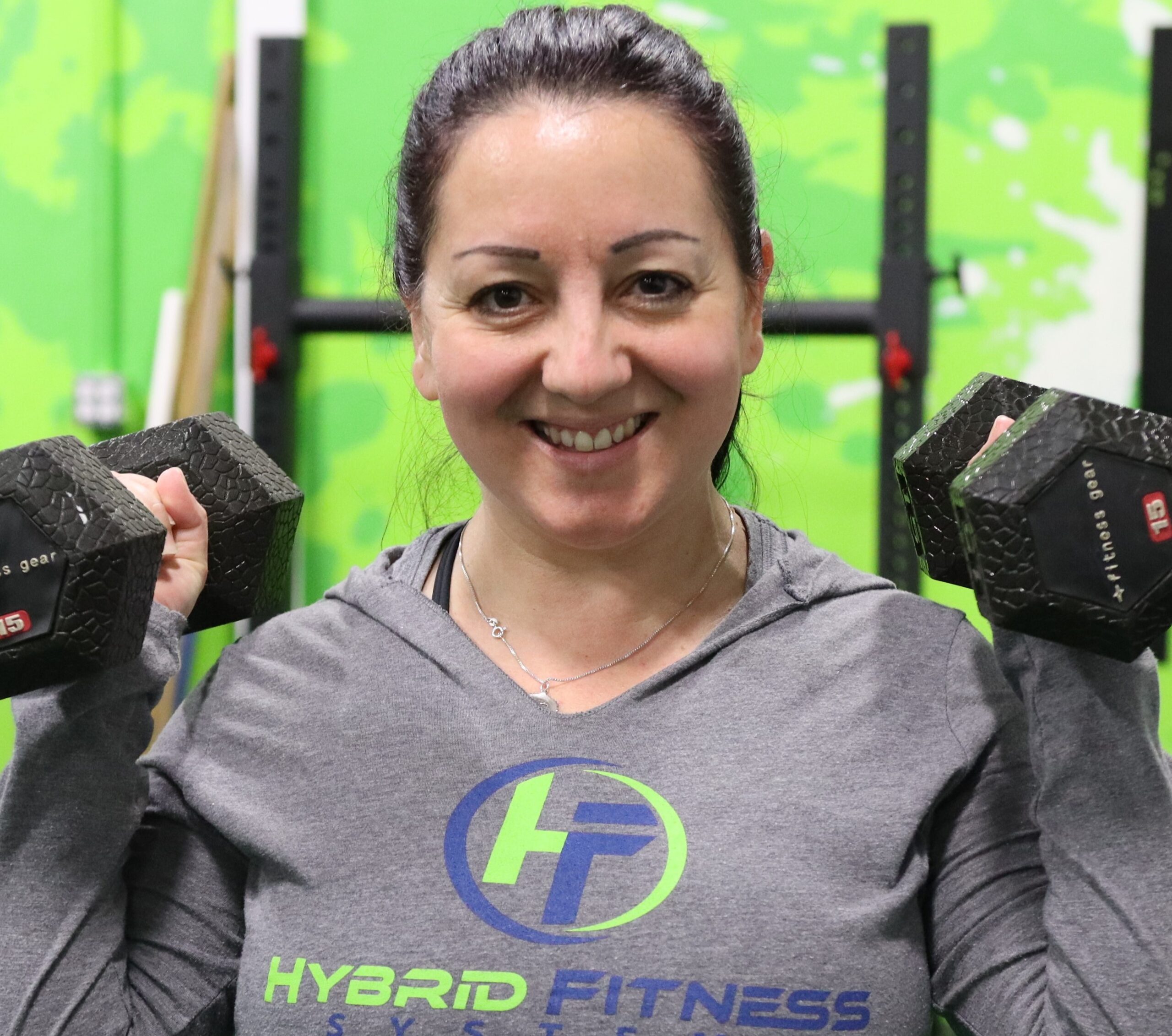
Danielle lives in mid-coast Maine after growing up in Boston, MA. She’s a nursing school graduate, and is currently working towards becoming a certified grief counselor. She also has her personal training certification through ASFA.
Danielle has run multiple half marathons, and has even completed 2 full marathons, including the Boston and Des Moines marathons.
Danielle loves to create a comfortable, fun, and relaxed environment in the gym, and is dedicated to making a positive impact on others, and helping people feel good about themselves while reaching their goals.
